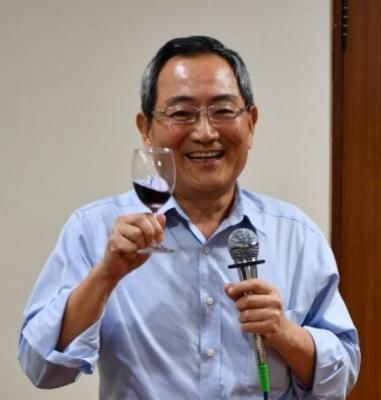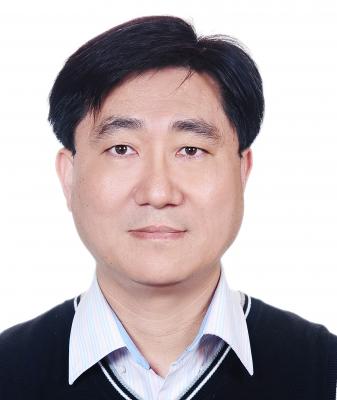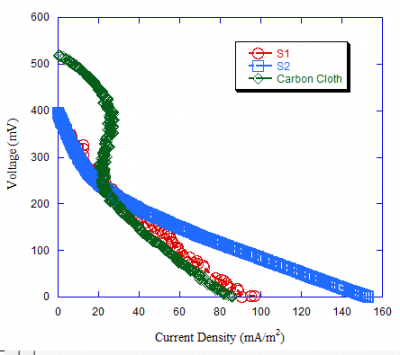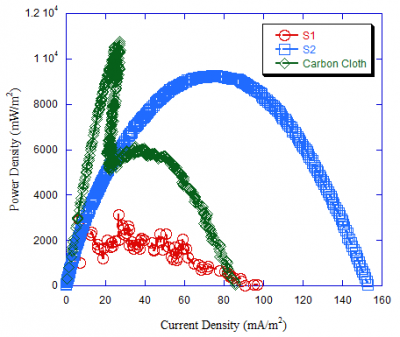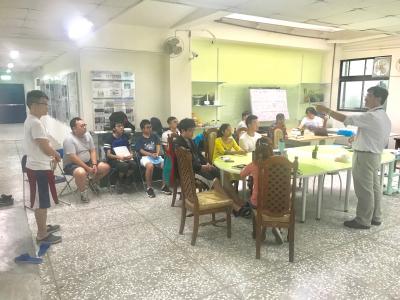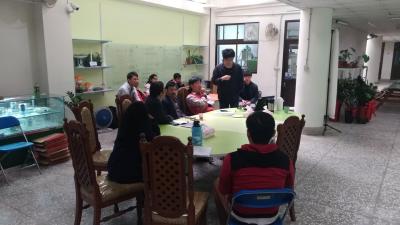The project witnessed the successful integration of young bright minds from the two countries India and Taiwan to come up with a solution to detect hazardous hexavalent chromium metal in waste water. Hexavalent chromium is a toxic industrial pollutant and a classified carcinogen possessing mutagenic and teratogenic properties. Its extensive use and disposal in water bodies have led to environmental concern. Hence, the detection of toxic Cr(VI) compounds is crucial. However, most of the methods commonly used are not for real time on-site monitoring but are offsite measurement techniques. The novel miniature microbial biosensor fabricated with microbial fuel cell technology demonstrated potential for simultaneous production of electricity and detection of hexavalent chromium which would open up avenues for powering nano devices.



